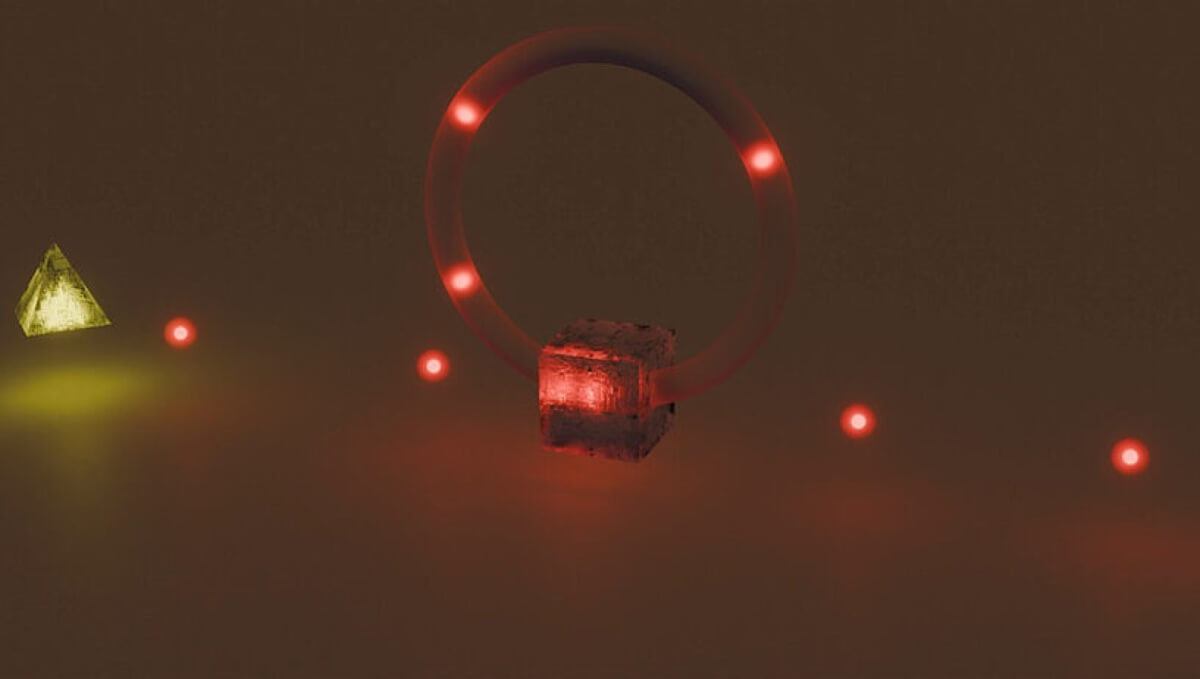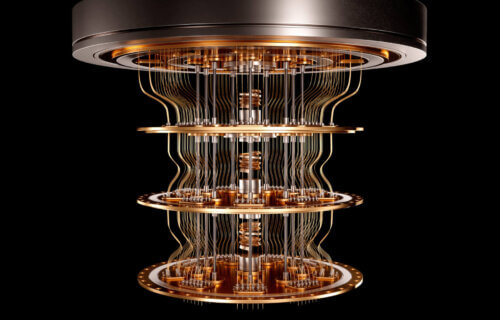VIENNA, Austria — Quantum computing just took a big step forward thanks to a scientific breakthrough involving just one laser. Researchers in Austria are now able to perform complex quantum calculations with a single beam of light — setting up the next leap forward for these ultra-fast computers.
Quantum computers promise to vastly outperform classical computers for certain cutting-edge applications like modeling quantum physics, cryptography, and machine learning. However, building large-scale universal quantum computers has proven to be an immense challenge for engineers.
The key to quantum computing is taking advantage of some mind-bending quantum phenomena like superposition and entanglement. In quantum superposition, tiny particles can exist in a mixture of multiple states at once, unlike our everyday classical intuition, where an object exists in just one state. For an everyday computer, that choice is binary — 1 or 0. Moreover, quantum particles can exhibit strange correlations called entanglement, where their states remain interconnected even across vast distances.
Most current experimental quantum computers use individual photons (particles of light) as the quantum information carriers. The photons are typically encoded into different degrees of freedom like their polarization direction or their spatial mode or path. Interfering with these specially prepared quantum states of photons allows sampling from probability distributions that are hard for classical computers to calculate.
As the number of photons increases for more complex calculations, however, the required experimental resources like optical circuits, detectors, and sources quickly become overwhelming using standard computing architecture. That’s why the new work from researchers at the University of Vienna is such an important breakthrough.
Their innovative approach, published in the journal Science Advances, uses a cutting-edge quantum dot – a tiny semiconductor crystal just nanometers wide – to act as a high-quality single photon source. The quantum dot acts like a single atom, emitting identical photons one by one when triggered by pulses from a laser. Rather than encoding quantum information into different photon degrees of freedom, the researchers instead used the photons’ arrival times as the information carrier.

By carefully timing the laser pulses, they could prepare sequences or “trains” of up to eight single photons separated by precisely timed intervals along the same spatial mode – just a single laser beam path. They then passed this photon train through a programmable interferometer circuit that could manipulate and interfere with each time window or bin independently while still being part of the same spatial mode.
The key component making this possible is a high-speed electro-optic modulator that can rapidly change the reflectivity of the interferometer every 100 nanoseconds (100 billionths of a second). With such lightning speed, each single photon experiences a different controlled operation, interfering with all the separate time bins at the output.
This allowed the researchers to record interference patterns for up to eight photons in 16 time bin modes using just a single detector at the output, rather than needing 16 separate detectors as would be required with standard techniques. Through some advanced validation protocols, they confirmed the intricate multi-photon interference was due to genuine quantum effects rather than any classical explanation.
With only a lone laser beam, a fast modulator, a single photon source, and one detector, the researchers could perform sampling computations exponentially harder than on a classical computer but using far fewer physical resources than previous multi-photon experiments.
“In our experiment, we observed quantum interference among up to eight photons, surpassing the scale of most of existing experiments. Thanks to the versatility of our approach, the interference pattern can be reconfigured and the size of the experiment can be scaled, without changing the optical setup,” notes first author Lorenzo Carosini in a media release.
The researchers plan to enhance their system by adding a second programmable loop to achieve universal linear optics capabilities, a key requirement for photonic quantum computing and simulations. While still at the research level, time-bin encoding offers a resource-efficient route to continue scaling up multi-photon quantum processors toward more complex realms.
So, while large-scale universal quantum computers are still years or even decades away from practical use, this new time-bin encoding technique helps make the vision a bit more feasible and brings quantum supremacy over classical computers even closer to reality.
